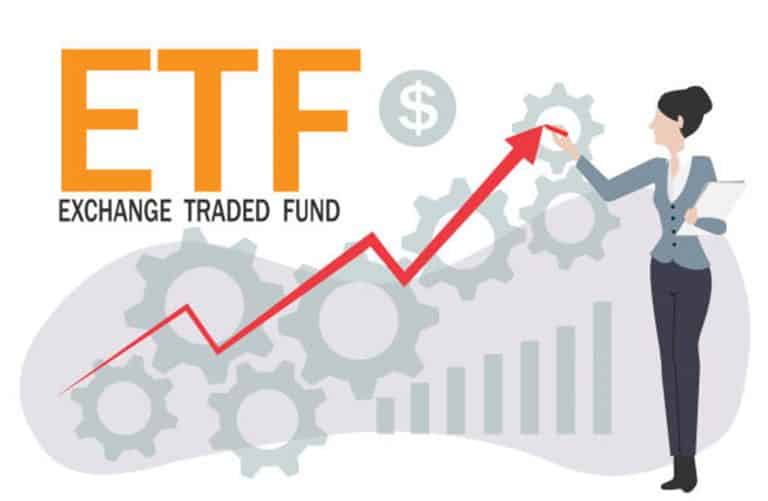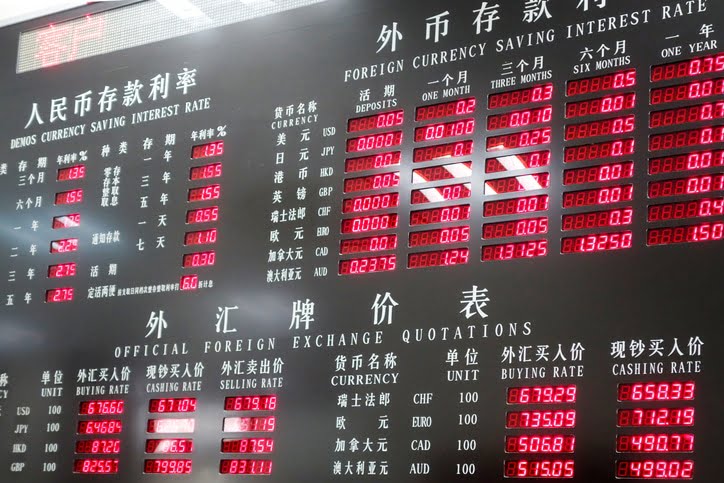Breaking news: Elon Musk is making headlines, again.
This time, he is looking to buy Twitter and take it private. The decision has received the attention of many, but shocked few. Elon is known for his outspoken commitment to operating as he pleases. With an offer of $43 million, Elon wasn’t playing games.
It seems even that offer won’t be enough, but we’re yet to see how it’ll all play out. The situation has brought significant attention to the intrinsic value of Twitter as a corporation, and free-speech rules on the platform.
So much attention that we’ve shifted our focus away from his trillion-dollar electric vehicle company, Tesla. His grand opening of Gigafactory Texas (Tesla’s global headquarters) and the progress of Gigafactory Berlin have taken a backseat in the media.
Regardless of the drama, Tesla was early to what experts expect to be an EV dominant future. A few narratives of the industry’s current climate:
• The rise of lithium prices
• US providing $5 billion in funding for EV chargers nationwide
• US administration with outspoken support of the shift to EV
Long-term expectations are high for the industry. Not just Tesla, but across all car manufacturers and industry participants. Here are a couple of EV-focused ETFs to consider in your portfolio.
1. iShares Self-Driving EV and Tech ETF (NYSEARCA: IDRV)
This iShares ETF aims to track early-stage and developed companies tied to electric vehicles, battery technology, and autonomous driving technologies. The fund offers exposure on a global scale across several industries and geographies.
Top holdings include Apple, Tesla, Intel, Toyota, Google, Ford, and many more. The fund is well balanced amongst the highest notional value holdings. More broadly, the ETF holds ~45% of consumer discretionary stocks with just over 37% in information technology. The rest is split between industrials, materials, and communication.
IDRV was founded in early 2019 and has averaged an annual return of 24% since then. Here’s how $10,000 has performed over the life of the fund:

$10,000 investment into IDRV, courtesy of iShares
2. Global X Lithium & Battery Tech ETF (NYSEARCA: LIT)
This ETF does not directly hold EV manufacturers but instead invests in the full lithium cycle. This cycle includes mining and refining the metal, as well as the processes necessary to get it through battery production. As we know, lithium is essential to the production of electric vehicles, storage of renewable energy, and the batteries of mobile devices.
LIT’s top holdings include Albemarle, Tesla, Quimica, Samsung, Panasonic, and a slew of others. The fund’s inception was in 2010 and today its net assets sit at just over 4.6 billion dollars. Here is a breakdown of the ETFs sectors and countries:

The ETF is over 20% off of its highs from November 2021 as the markets have cooled off in recent months (especially technology markets). If you’re expecting upside in the lithium and electric vehicle markets long term, LIT is a great avenue to diversified exposure.








